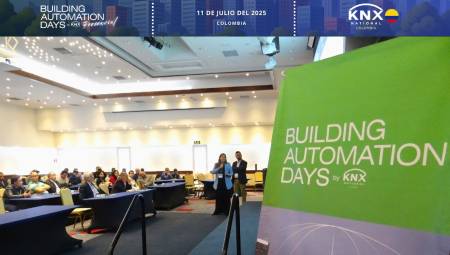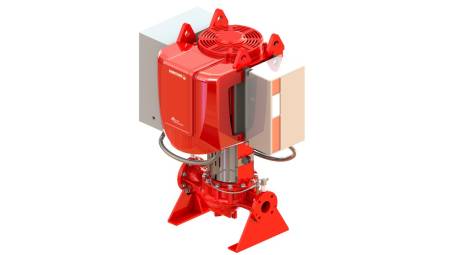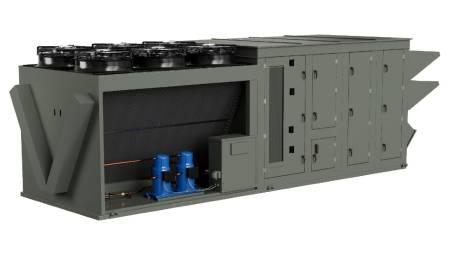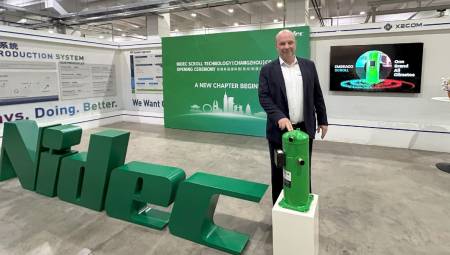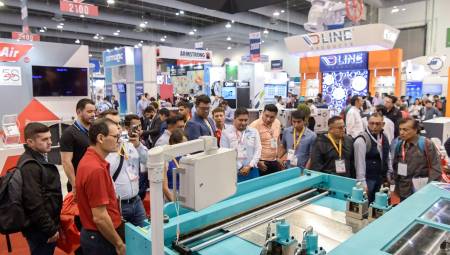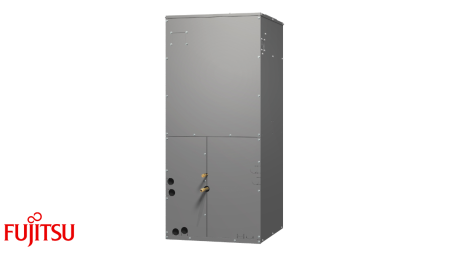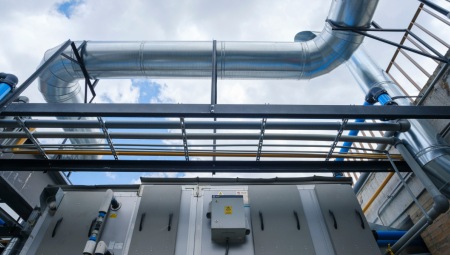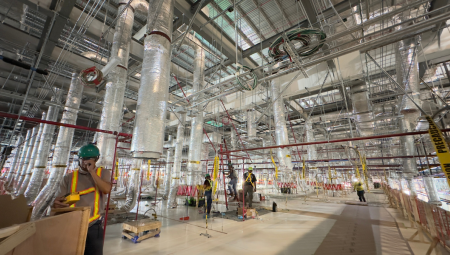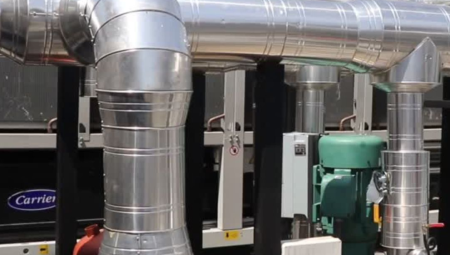The cultivation in greenhouses allows quality productions and better yield, for this it is necessary to provide them with technologies that achieve optimal air conditioning.
For some time, farmers have installed equipment in their greenhouses that allows the automation of ventilations, radiometers indicating the degree of luminosity, heating equipment and many other technologies.
The development of crops is conditioned by four factors: temperature, relative humidity, light and carbon dioxide (CO2). In order for plants to perform their functions, it is necessary to combine these factors within minimum and maximum limits, outside of which plants cease their metabolism, and may die.
Within these, temperature is the most important aspect to consider inside a greenhouse, since it influences the growth and development of plants being the optimal between 10 and 20 °C. However, each crop has its own needs and conditions.
Relative humidity (RH): It is the mass of water in unit volume, or air. At high temperatures, the ability to contain water vapor increases and the RH decreases. At low temperatures, the RH increases and like the temperature there are fruits with preferences in HR.
Lighting: The greater the luminosity inside the greenhouse, the higher the temperature, HR andCO2 must be increased so that photosynthesis is maximum. On the contrary, if there is little light, the needs of other factors can decrease.
Carbon Dioxide (CO2): In the atmosphere,CO2 is the essential raw material of the chlorophilic function of plants. Enriching the greenhouse atmosphere withCO2 is very important in many crops.
What happens when it's cold?
When the winter seasons arrive, it is necessary to use heating, since otherwise the crop may be lost. Heat output should be avoided by using thermal screens whose use allows to maintain between 2 and 4 ° C, supported by heating by water or hot air.
The heat provided by heating can be provided to the greenhouse by convection (by heating the air) or by conduction (if the heat distribution is located at the level of the crop). The different aerial or convection heating systems can be classified into: aerial hot water pipes, aerotherms, hot air generators and air distribution in polyethylene sleeves.
Conduction heat distribution systems are based on hot water pipes, the differences between them are in the temperature of the water and in the soil at the level of cultivation, buried pipes and sidewalks.
Some other measures for cold are the use of thermal screens, elements that extend as a cover on crops, having as their main function to vary the radiative balance from the photosynthetic point of view as calorific. Its use achieves productive increases of up to 30%, due to the ability to manage the heat collected during the day to spread it and maintain it during the night. Thermal screens can be used for exterior or interior protection.
What if it's hot?
The air conditioning of greenhouses in warm periods has the same or perhaps even more details to take care of, since the sun as a natural act makes the crops dry and wither. Reducing the temperature is one of the biggest problems of protected horticulture in hot climates and refrigerant systems are used to counteract the problem.
There are four fundamental factors that allow reducing the temperature: reduction of the solar radiation that reaches the crop (bleaching, shading, etc.), evapotranspiration of the crop, ventilation of the greenhouse, cooling by evaporation of water (nebulization, "cooling system", etc.).
Shading techniques: They are based on cutting more than convenient the percentage of photoactive radiation, dividing into two types: static that shade the greenhouse constantly, without the possibility of regulation or control and dynamics that allow the more or less perfect control of solar radiation depending on your climatic needs ticas. Liming: It is based on the bleaching of walls and roofs of the greenhouse based on carbonate, calcium or lime. Shade meshes: They are usually made of polyethylene, polypropylene, polyester or acrylic derivatives located outside the greenhouse, so that the reduction of temperature is more effective. Ventilation: Renewal of the air inside the greenhouse. Renewing the air acts on the temperature, humidity, and CO2 content, and the oxygen inside the greenhouse. Ventilation can be done naturally by a window system or forced with extractors. Cooling by evaporation of water: it lies in two systems; Fine misting (Fog System) that distributes liquid water particles of size close to 10 microns in the air. Due to the size of the particles, their rate of fall is very small, and they remain suspended in the greenhouse air long enough to evaporate without wetting the crops. The evaporator screen (Hydrocooling or Cooling System), made of porous material that is saturated with water with an irrigation equipment, is located along the entire side or front of the greenhouse. At the opposite end electric fans are installed, and air passes through such a screen. This translates into integral climate control systems based on the centralization of a set of sensors that collect the variations of the different parameters with respect to initially programmed values. The small weather station records values of exterior and interior temperature, relative humidity, wind speed, lighting, which can be connected to fertigation and climate regulation systems and each one can operate autonomously.


